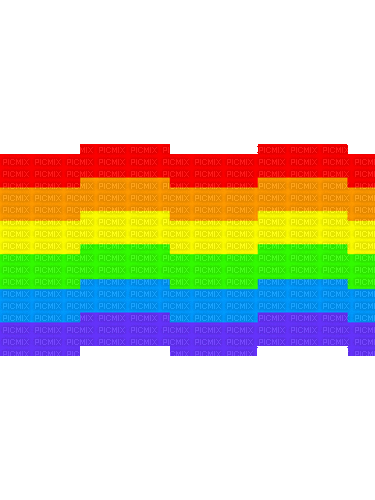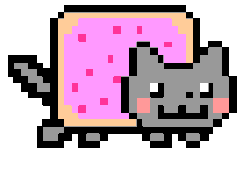Placeholder Text
Read Time: 8 minutes
The world is a strange and fascinating place, full of wonders both natural and artificial. From the vast, unexplored depths of the ocean to the ever-expanding reach of human technology, there is no shortage of things to marvel at. This is a placeholder text, but within it lies the potential for countless ideas, stories, and discussions. Perhaps it will eventually become something significant, or perhaps it will remain a simple collection of words, serving its temporary purpose before being replaced by something more refined.
Consider the concept of placeholders in a broader sense. They exist not just in writing but in various aspects of life. Architects use placeholders in blueprints, marking spaces that will later be filled with furniture, walls, or decorative elements. Programmers use placeholder text and data when designing software, ensuring the framework functions properly before real data is introduced. Even in our personal lives, we sometimes use placeholders—temporary jobs, relationships, or living situations that help us bridge the gap between where we are and where we want to be.
In literature, placeholders can take many forms. A writer might insert a note like "[Add more details here]" or "[Research this topic further]" while drafting a novel. This allows the flow of writing to continue uninterrupted, ensuring that the momentum isn't lost in the pursuit of minor details. Similarly, in film and television, placeholder dialogue or stand-in actors are often used during production until the final elements are ready. The utility of placeholders speaks to a larger truth about human creativity and problem-solving. We rarely create something fully formed in a single attempt. Instead, we iterate, refine, and build upon our initial ideas. Placeholders allow us to acknowledge that something is incomplete without becoming stuck in that incompleteness. They remind us that perfection is a process, not a starting point.
The same principle applies to learning. A student might not understand a complex concept immediately, but by using simplified placeholders—analogies, basic examples, or temporary memorization techniques—they can develop a framework upon which deeper understanding is later built. Consider how we learn languages. When first learning a new language, we may use basic words and phrases as placeholders until we gain a more nuanced grasp of grammar and vocabulary. "Dog" might simply be "chien" in French at first, but over time, the learner understands that "chien" can be part of broader expressions, idioms, and cultural contexts. Science, too, is filled with placeholders. In physics, early models of atoms were simplistic, using visual representations that helped people understand their structure before more complex quantum mechanics were introduced. Similarly, in medicine, placeholders exist in the form of working theories, which guide research until new evidence leads to revised or entirely new understandings. The theory of spontaneous generation, for instance, was once a widely accepted placeholder explanation for the origin of life, eventually replaced by germ theory and evolutionary biology.
On a grander scale, civilizations use placeholders in their narratives about history and the future. Myths and legends often serve as placeholders for scientific explanations that were not yet discovered. The story of Icarus warned against hubris long before the principles of aerodynamics were understood. Ancient maps once labeled uncharted territories with "Here be dragons," a placeholder for the unknown dangers that might exist beyond explored regions. Even today, theories about the far reaches of the universe or the deepest parts of the ocean serve as placeholders for knowledge yet to be uncovered.
Technology evolves through a similar process. Early computers were room-sized placeholders for the modern, compact devices we use today. The first iterations of artificial intelligence were rudimentary placeholders for the sophisticated neural networks that now power search engines, recommendation algorithms, and even creative tools. As these technologies continue to develop, today's placeholders will become tomorrow's standards.
Art, too, embraces placeholders. Many great paintings began as rough sketches, with placeholder figures and background elements that were later refined into detailed compositions. Musicians compose songs by starting with placeholder melodies or lyrics, gradually transforming them into polished works. Even in theater, actors might use placeholder lines during rehearsals until the script is finalized, allowing the production to move forward even as details are still being shaped.
The beauty of placeholders lies in their impermanence. They are not meant to be perfect; they are meant to hold space for something better. This is a valuable mindset to adopt in life as well. Many people hesitate to start a project, try something new, or take a risk because they fear imperfection. But placeholders give us permission to begin without pressure. They remind us that the first draft of anything—whether it’s a book, a business plan, or a personal goal—is just that: a first draft. It will change, evolve, and improve over time.
This idea is especially relevant in the realm of creativity. Many aspiring artists and writers struggle with perfectionism, waiting for inspiration to strike or for their skills to reach an ideal level before they create anything. But placeholders provide a way to move past this paralysis. They allow for imperfect beginnings that pave the way for eventual mastery. A rough sketch, a hastily written paragraph, or a simple melody can serve as the foundation for something extraordinary.
In a broader sense, life itself is full of placeholders. The job you have now might be a placeholder for your dream career. The place you live might be a temporary step toward where you truly want to be. Even our identities are in flux, shaped by experiences, relationships, and self-discovery. Recognizing that placeholders are a natural and necessary part of progress can help alleviate the anxiety of feeling "stuck." Instead of viewing a placeholder as an inadequate substitute, we can see it as a stepping stone to something greater.
So, what does all of this mean for this particular placeholder text? Perhaps it is simply fulfilling its role, serving as a stand-in until something more meaningful takes its place. Or perhaps, in reading it, you have found a new perspective on the power of placeholders in your own life. Either way, it has served its purpose, however temporary that may be. And in the end, that is the beauty of placeholders—they remind us that everything, no matter how incomplete it may seem, has the potential to become something more.

